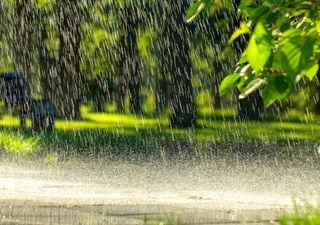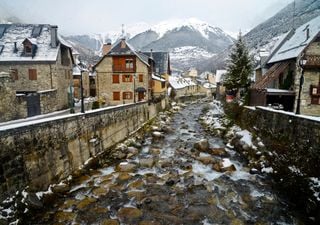El ingenioso invento con miles de años de antigüedad para llevar agua a los desiertos más inhóspitos
It is the oldest known system for collecting and distributing water. Although it originated in the Persian Empire, its influence spread to much of the world, including Spain, where these historic structures are still resisting extinction.
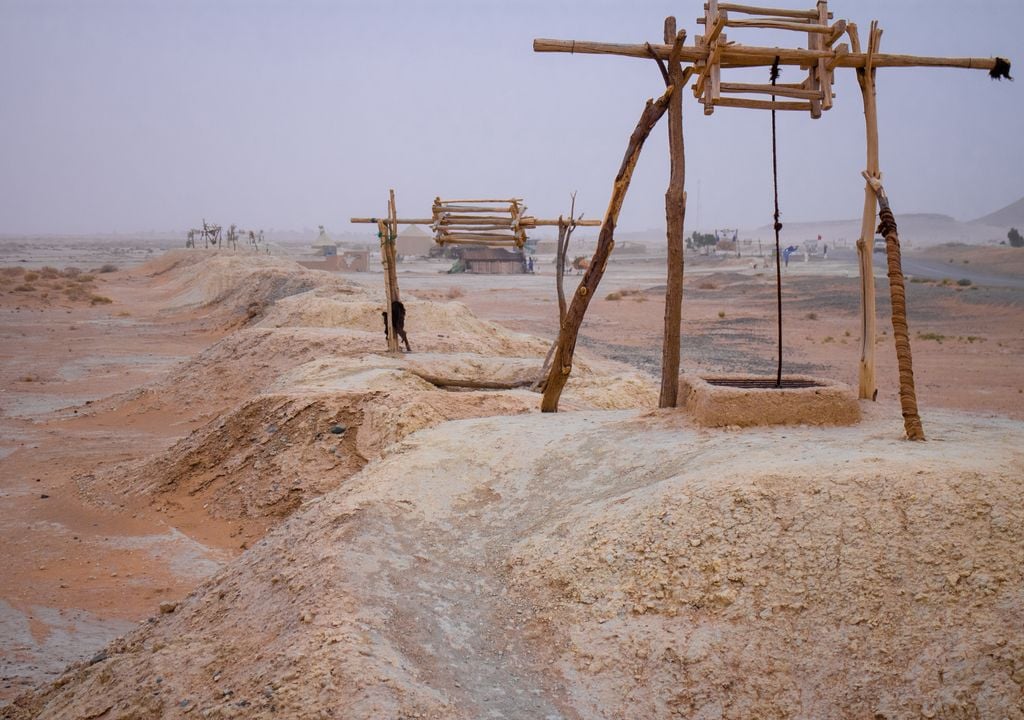
Around 2 billion people around the world, more than 24% of the global population, do not have access to safely managed drinking water services .
There are regions where women and girls are forced to walk for miles to find water, which is often contaminated. In fact, nearly a million people die every year from diarrheal diseases contracted as a result of unsafe water.
The scarcity of this essential commodity is endemic in the world's most arid regions. However, 2,500 years ago, in the Persian Empire (what we now know as Iran ), an underground system of canals was devised to capture and transport water from aquifers to agricultural areas and human settlements.
Although its exact origin is difficult to pinpoint, the presence of this device throughout the Middle East, North Africa , parts of Central Asia and even southern Europe is a true legacy in the history of water management.
Ancestral technology for water management
It is believed that the "qanat", which comes from Persian and means "duct", originated on the Iranian plateau around the 6th century BC. The conquering spirit of this empire, linked to cultural exchange, led it to expand mainly through Egypt and the Maghreb.
Qanats, las venas del desierto.
— AN AIS (@aisolinaANA) July 4, 2024
Hace 2.700 años surgieron en la zona de Persia ( Irán), los qanats, unas infraestructuras hidráulicas excavadas completamente a mano.Los pozos servían como entradas al canal, y permitían sacar agua y también realizar tareas de mantenimiento. pic.twitter.com/YjZxsZglYN
In Spain it was introduced during the Muslim occupation, where the qanats adopted the name "acequias" , a hydraulic device that is still part of current irrigation techniques in some parts of the country such as Andalusia , the Valencian Community or the Region of Murcia .
The system is based on a mother well that reaches the water table or underground aquifer. A gently sloping tunnel is then dug to the surface, allowing the water to flow by gravity and in a constant manner without the need for pumps or energy-dependent technologies.
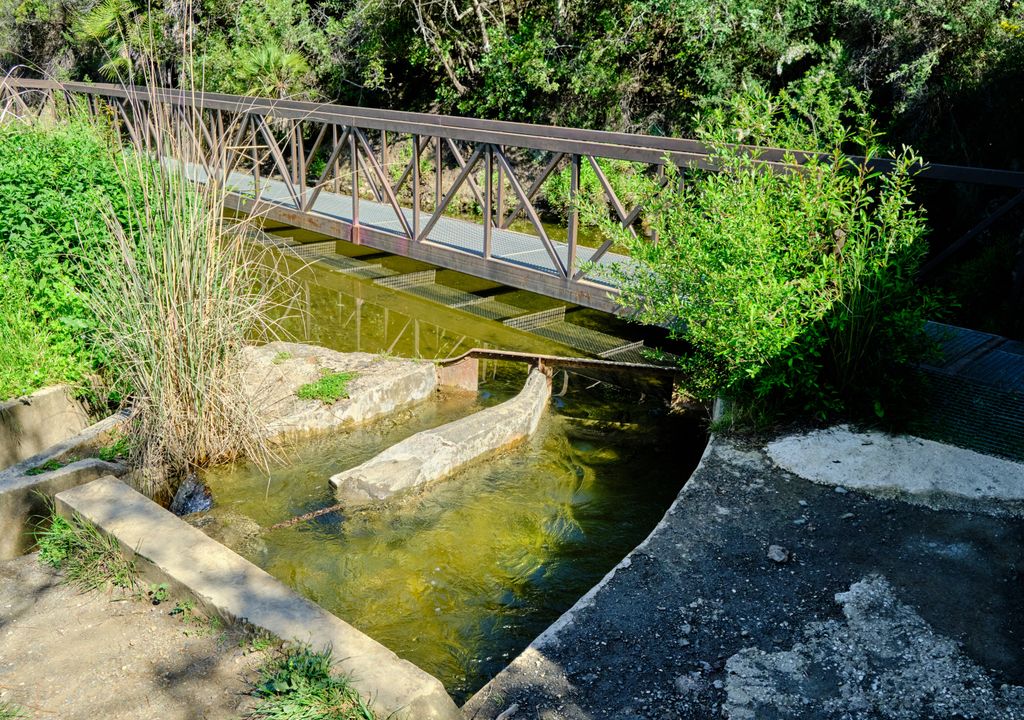
Vertical shafts are also built along the tunnel to facilitate excavation, debris removal and the removal of vapours from the subsoil, and to enable ventilation and maintenance.
A sustainable system that guarantees water reserves
From an environmental perspective, qanats represent a sustainable way of managing water in arid regions . Unlike other methods of water extraction, qanats do not deplete the aquifer, as they only extract naturally flowing water.
This allows for controlled, long-term exploitation of groundwater resources. It also protects the water from the sun, minimising evaporation in extremely dry climates subject to high temperatures.
Regular maintenance is therefore essential to prevent the tunnels from collapsing or becoming clogged by sediment build-up.
Cultural and economic impact
The impact of qanats goes beyond technical issues. In many communities, especially in Iran, qanats were not only essential for survival, but also formed part of their cultural identity .
There are still around 37,000 of them in operation. The longest of these is the Zarch Qanat, built 1,500 years ago, which is 80 kilometres long and has a vertical shaft reaching 300 metres deep.
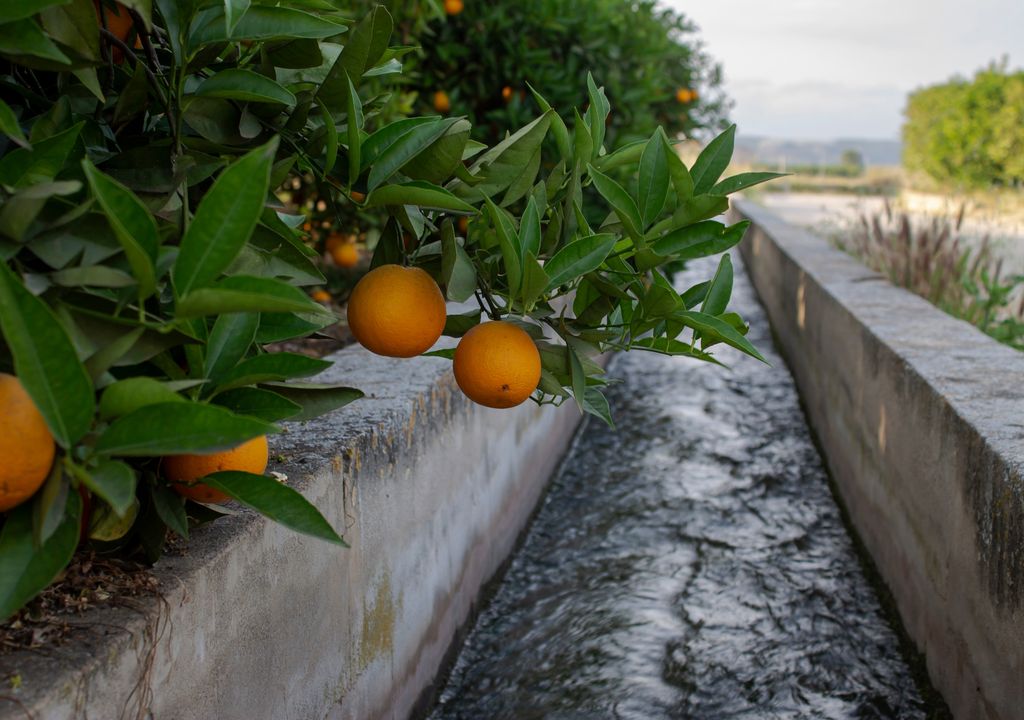
Another aspect linked to this type of structure is the complex system of water management regulations that govern its use and distribution, the resolution of possible conflicts and the sharing of maintenance costs.
In Spain , qanats are closely related to the emergence of irrigation communities , which collectively maintain and manage these irrigation systems, promoting the cohesion of the social fabric in rural areas.
The need to preserve this legacy
Today, modernization, urbanization and overexploitation of aquifers have affected the maintenance and operation of many of these systems.
La presencia en Madrid de todo un entramado #subterráneo de #qanats pone de manifiesto el valor de este tipo de sistemas #abastecimiento introducido por los #andalusíes. Su uso cambió totalmente la vida de los madrileños del siglo XVI e influyó en el #desarrollo de la #ciudad. pic.twitter.com/AyUXEnARpL
— Centro de Estudios sobre el Madrid Islámico (CEMI) (@madridislamico) January 9, 2023
Modern irrigation systems, such as drip irrigation, are thus replacing qanats, leading to the loss of this traditional technology despite its historical, cultural and ecological value.
For this reason, in Spain, there are associative movements dedicated to repairing and maintaining these old irrigation channels, not only to satisfy agricultural needs, but to create a habitat conducive to wildlife , promoting biodiversity and ecological balance.
No te pierdas la última hora de Meteored y disfruta de todos nuestros contenidos en Google Discover totalmente GRATIS
+ Seguir a Meteored





